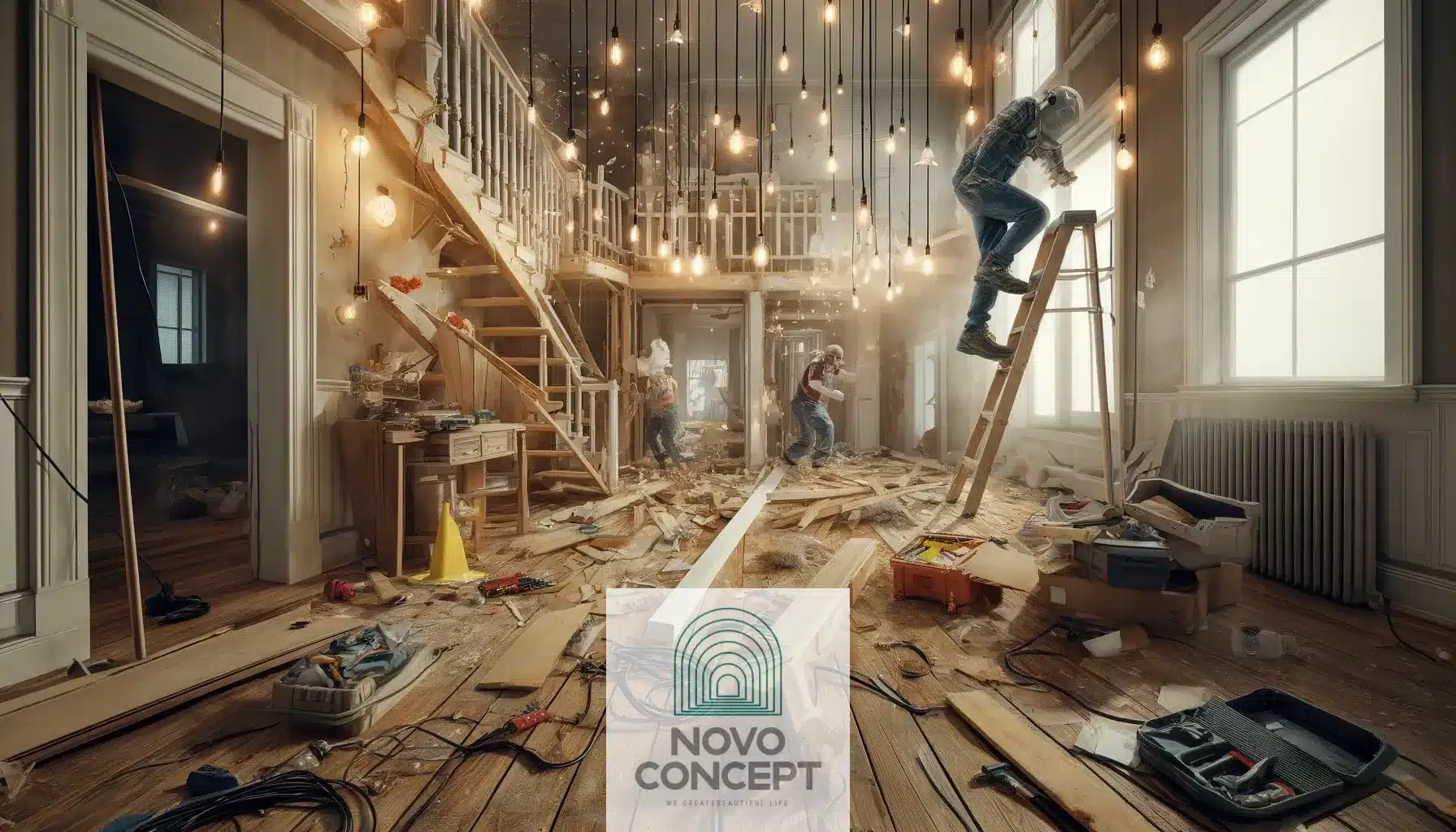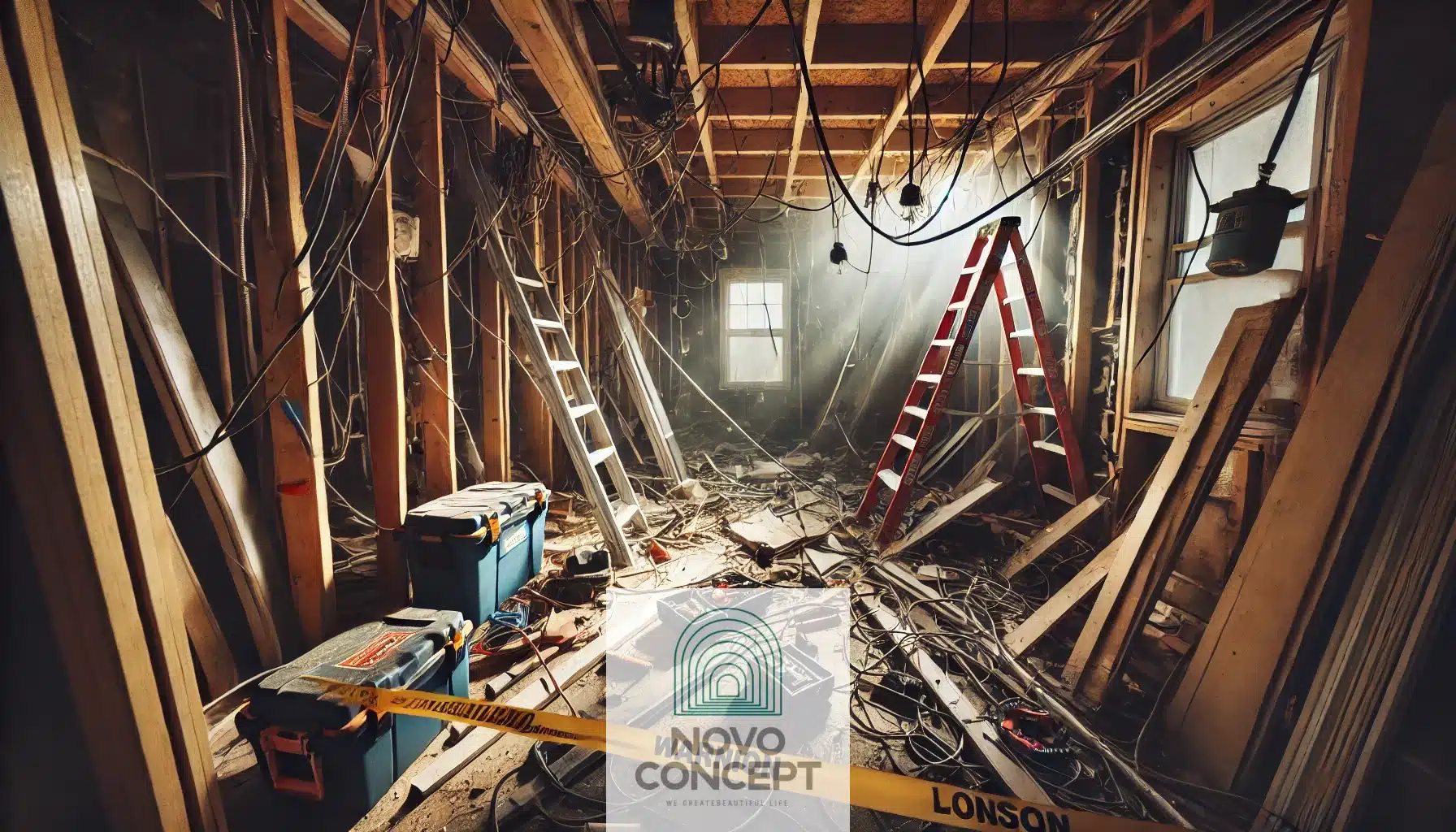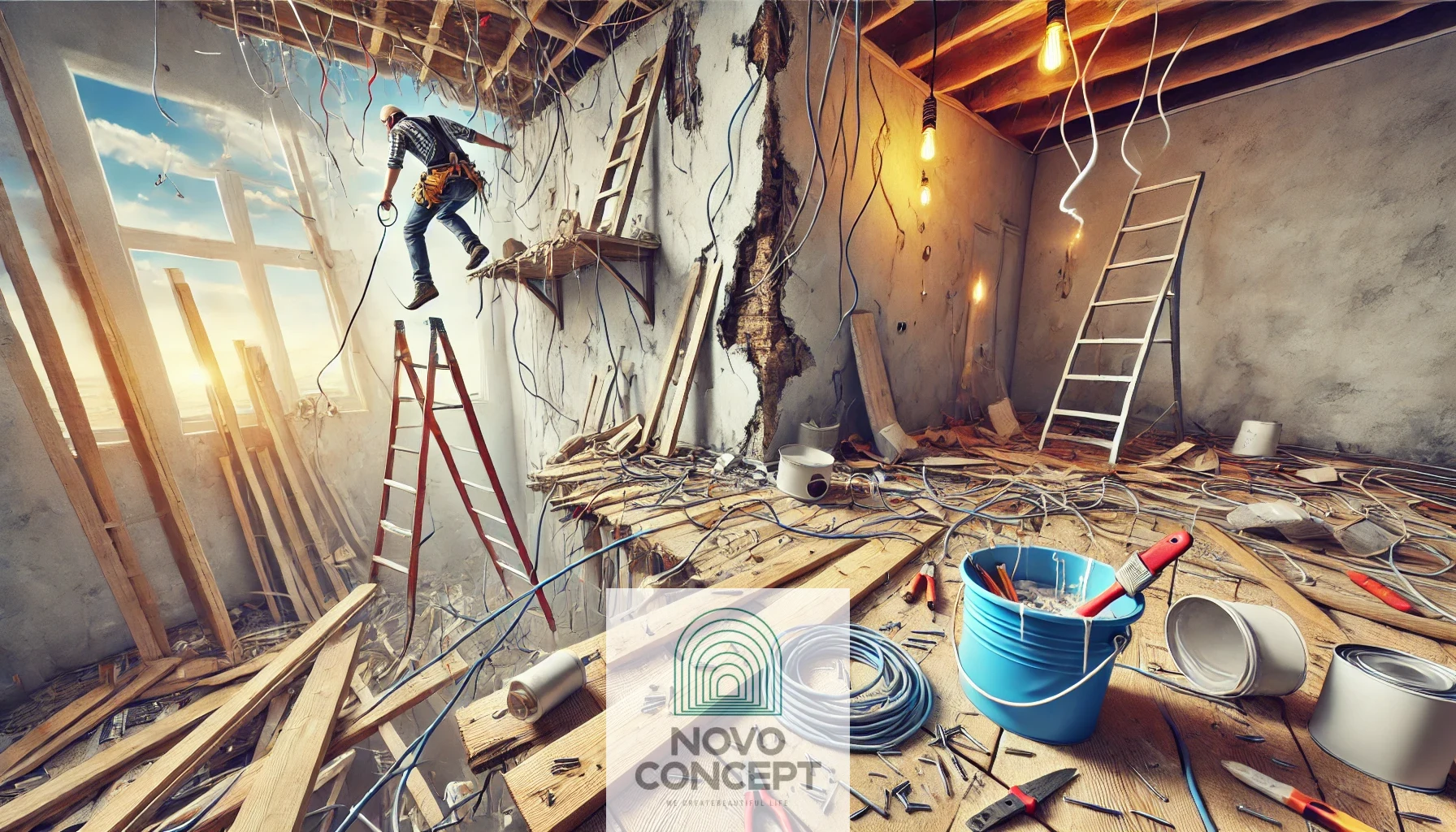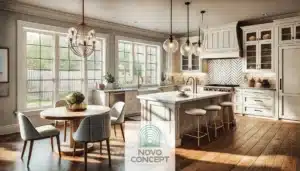The dangers of Renovating an old house can be an incredibly rewarding experience. It allows you to preserve history, embrace the charm of vintage architecture, and create a personalized living space tailored to your modern needs. However, beneath the allure lies a host of potential challenges that homeowners must navigate carefully.
Before you grab that sledgehammer and dive into your dream project, it’s essential to understand the risks associated with renovating an old house. From hidden structural issues to hazardous materials, tackling these dangers head-on will ensure your renovation journey is as smooth as possible.
The Appeal of Restoring an Old Home
Old homes carry a sense of character and history that new builds often lack. Whether it’s a Victorian-era property with intricate woodwork or a cozy 1960s ranch-style home, these structures tell stories of the past. Restoring an old house allows you to preserve its unique charm while incorporating modern amenities.
However, beauty often comes with challenges. Renovating an old house is not always as simple as peeling back the wallpaper or swapping out cabinets. Hidden issues can escalate costs and timelines.
Let’s explore the key dangers you might face when transforming an old home into your dream space.
Environmental Health Hazards: What Lurks Beneath the Surface
One of the most critical steps before starting any renovation project is assessing the home for environmental hazards. These can pose serious health risks to you and your family if not handled appropriately. Three primary culprits often found in older homes include mold, lead, and asbestos.
Mold: A Symptom of Larger Problems
Mold is a natural organism that thrives in damp environments, and older homes often harbor leaks or poor ventilation that make them a breeding ground. Beyond the unsightly appearance, mold can cause health issues such as respiratory problems, itchy eyes, and skin irritation.
How to Handle Mold Issues:
- Identify and repair the source of water intrusion, such as leaking pipes or roofs.
- Remove and dispose of materials that cannot be effectively cleaned, such as drywall or carpeting.
- Use protective gear during remediation to prevent exposure to airborne spores.
- Consider professional mold removal services for extensive infestations.
By addressing mold at its source, you can prevent recurring problems and protect your home’s structural integrity.
Asbestos: The Silent Threat in Older Materials
Commonly used in construction materials throughout the mid-20th century, asbestos was valued for its fireproof and insulating properties. Unfortunately, inhaling asbestos fibers can lead to severe lung diseases, including cancer. Homes built before the 1980s are particularly at risk of containing asbestos in insulation, ceiling tiles, and flooring.
What to Do if You Suspect Asbestos:
- Avoid disturbing materials you suspect may contain asbestos, as this releases harmful fibers.
- Hire a licensed asbestos abatement professional to test and safely remove the material.
- Follow local regulations for disposal, as improper handling can result in fines and further contamination.
Lead Paint: A Hidden Hazard
If your home was built before 1978, it likely contains lead-based paint. While lead paint may not pose an immediate threat when intact, it becomes hazardous when peeling, cracking, or sanded during renovations. Exposure to lead can cause irreversible health issues, particularly in children, affecting brain development and overall health.
Safe Practices for Managing Lead:
- Use lead-safe work practices, such as wet sanding and HEPA vacuums.
- Seal off renovation areas to prevent the spread of dust.
- Test for lead and, if necessary, work with certified professionals to remove or encapsulate the material.
Structural Concerns: What Lies Beneath
Older homes are known for their craftsmanship, but the passage of time can take a toll on structural elements. Identifying and addressing these issues early will save you from costly repairs down the road and avoid The dangers of Renovating an Old House.
Unstable Foundations
Foundation issues are a common concern in older homes. Over time, settling, groundwater erosion, or tree root growth can lead to cracks or uneven floors. Warning signs of foundation problems include:
- Visible cracks wider than 1/8 inch.
- Doors and windows that stick or won’t close properly.
- Sloping or uneven floors.
Addressing Foundation Issues:
- Small cracks can often be sealed with epoxy or polyurethane.
- For significant structural issues, consult a foundation specialist to assess and repair the damage.
- Improve drainage around your home to prevent water-related problems in the future.
Outdated Electrical Systems
Old homes often have outdated wiring that may not meet modern safety codes. Knob-and-tube wiring, common before the 1930s, lacks the grounding capabilities required for today’s appliances. Furthermore, aging wires can fray, increasing the risk of electrical fires.
Modernizing Your Electrical System:
- Replace old wiring with modern alternatives that meet current building codes.
- Install grounded outlets and upgrade the breaker box to handle modern electrical loads.
- Work with a licensed electrician to ensure compliance with safety standards.
Galvanized Plumbing Pipes
Many homes built before the 1960s used galvanized steel pipes, which are prone to corrosion over time. These pipes can cause reduced water pressure, rust-colored water, and leaks, all of which signal the need for replacement.
Upgrading Plumbing:
- Replace galvanized pipes with copper or PEX for improved durability and water quality.
- Address plumbing updates early in your renovation, as it often requires opening walls and floors.
- Plan for potential water shut-offs during the process to minimize disruptions.
The Importance of Hiring Professionals to avoid the dangers
While tackling renovations yourself can save money, certain aspects of restoring an old house are best left to professionals. Specialists bring expertise, tools, and knowledge that ensure the job is done safely and efficiently.
When to Call in the Experts:
- Structural repairs, such as foundation work or roof replacement.
- Hazardous material removal, including asbestos or lead paint.
- Major electrical or plumbing upgrades.
Professional assistance can prevent small issues from escalating into significant problems, keeping your project on track and within budget.
Balancing Charm With Modern Convenience
Renovating an old house allows you to blend historical charm with modern amenities. Whether you’re restoring original woodwork, upgrading energy-efficient systems, or creating open living spaces, there’s endless potential to make your home uniquely yours.
Tips for Preserving Character:
- Salvage and reuse original materials like wood flooring or cabinetry.
- Choose paint colors and finishes that align with the home’s era.
- Incorporate vintage fixtures for an authentic look.
Final Thoughts about The dangers of Renovating an Old House
Restoring an old house is a labor of love that requires patience, planning, and a willingness to face unexpected challenges. However, the rewards of preserving history and creating a one-of-a-kind living space far outweigh the difficulties.
By understanding the The dangers of Renovating an Old House, risks, planning accordingly, and seeking professional help when necessary, you can transform your old house into a modern masterpiece without compromising its unique character.
Ready to embark on your renovation journey? Whether you’re preserving a mid-century gem or a turn-of-the-century classic, careful preparation will ensure your old house becomes a safe, beautiful, and functional home for generations to come. If you want to start just call Novo Concept!
Trendy Cabinet Refacing Ideas to Upgrade Your Kitchen’s Look







